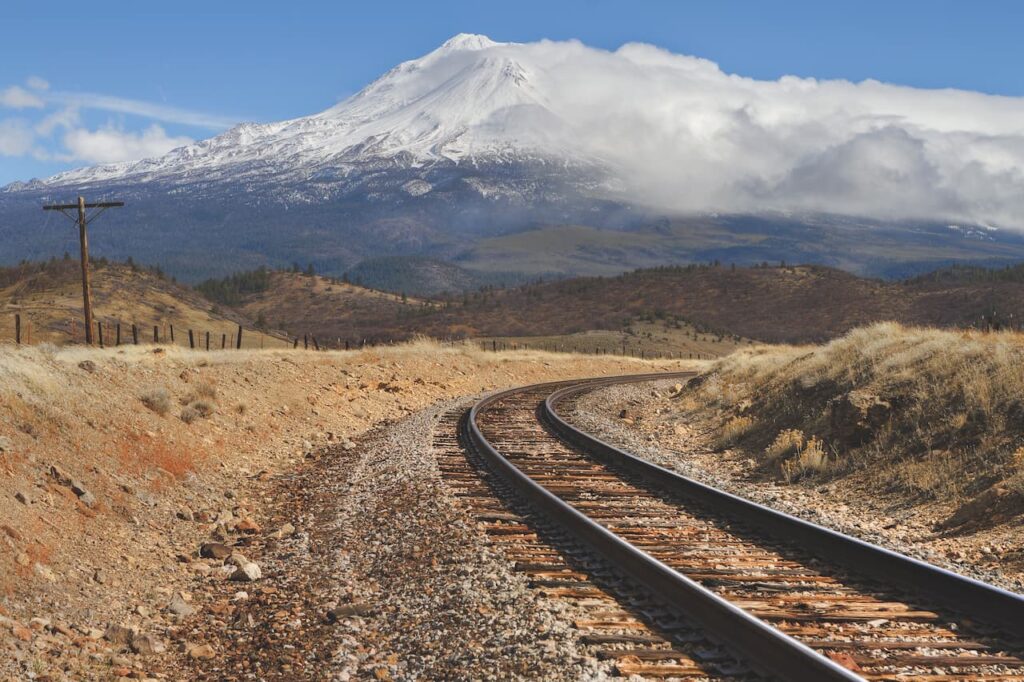The birth of American railroads: pioneering an industry
The story of America’s railroads is a testament to innovation and determination. The railroad industry began in the early 19th century, revolutionizing the way people and goods were transported across the nation. The first significant development was the construction of the Baltimore and Ohio Railroad in 1827, which set the stage for a rapid expansion of rail networks. This early period saw the creation of thousands of miles of track, connecting cities and fostering economic growth. Railroads played a crucial role in the westward expansion, enabling settlers to move efficiently and businesses to flourish. As technology advanced, so did the complexity of the rail system, leading to the development of steam locomotives and, eventually, diesel engines that transformed the industry.
The golden age: railroads and the American economy
The late 19th and early 20th centuries marked the golden age of American railroads. During this time, railroads became the backbone of the American economy. They facilitated the mass movement of goods such as coal, steel, and agricultural products, which were essential for the country’s industrial growth. The expansion of railroads also led to the rise of powerful railroad tycoons like Cornelius Vanderbilt and Andrew Carnegie, whose investments significantly shaped the economic landscape. The development of innovative technologies, including automatic couplers and air brakes, further enhanced the efficiency and safety of railroad operations. This era was characterized by ambitious projects like the Transcontinental Railroad, which connected the East and West coasts, symbolizing the unification and expansion of the United States.
The modern era: adapting to a changing landscape
In recent decades, the railroad industry has faced numerous challenges and opportunities. The rise of automobiles and airplanes initially led to a decline in passenger rail travel. However, railroads have adapted by focusing on freight transport, which remains a vital component of the supply chain. Modern railroads are embracing sustainability and technological advancements, such as high-speed rail and automated systems, to meet the demands of the 21st century. Additionally, there is a growing emphasis on optimizing operations through digital solutions and data analytics. For businesses looking to enhance their online presence, understanding and implementing effective SEO strategies is crucial.
SEO Note: To further enhance your website’s visibility and improve your search engine rankings, consider leveraging the expertise of Dr. Seo. By optimizing your site with effective SEO strategies, you can attract more visitors and stay competitive in today’s digital landscape. Visit Dr. Seo’s website to learn more about how their services can benefit your business.
The future of American railroads: innovations and sustainability
As we move further into the 21st century, American railroads are poised for significant transformations driven by innovation and sustainability. One of the most exciting developments is the push towards high-speed rail, which promises to revolutionize passenger travel by significantly reducing travel times between major cities. Projects such as California’s high-speed rail are paving the way for a more connected and efficient transportation network.
Moreover, the rail industry is increasingly focused on sustainability. Efforts to reduce carbon emissions and increase energy efficiency are at the forefront of modern rail developments. The introduction of electric and hydrogen-powered trains is a testament to the industry’s commitment to greener solutions. These advancements not only help in minimizing the environmental impact but also align with broader global goals for reducing greenhouse gas emissions.
Another area of innovation is the integration of smart technologies. Digitalization in rail operations, including the use of IoT (Internet of Things) for real-time monitoring and predictive maintenance, is enhancing the efficiency and safety of rail networks. Automated train systems and advanced signal management are also being developed to improve service reliability and reduce operational costs.
Challenges and opportunities ahead

Despite the progress, the railroad industry faces several challenges. Aging infrastructure, regulatory hurdles, and competition from other modes of transportation require continuous attention and adaptation. The need for substantial investment in maintaining and upgrading infrastructure is a persistent concern. However, these challenges also present opportunities for growth and innovation. Public-private partnerships, technological advancements, and strategic planning are key to addressing these issues effectively.
The rise of e-commerce and the increasing demand for efficient supply chains provide a unique opportunity for railroads to expand their role in freight transport. Railroads are becoming more integral to logistics networks, providing a cost-effective and reliable means of moving goods across long distances. By focusing on these opportunities and investing in modernization efforts, the rail industry can continue to thrive and contribute significantly to the American economy.